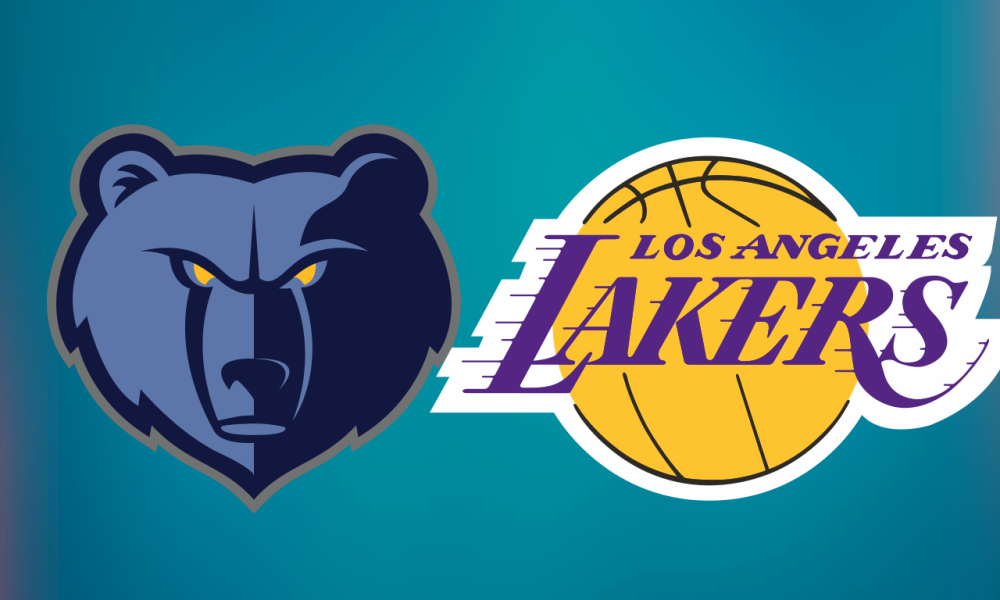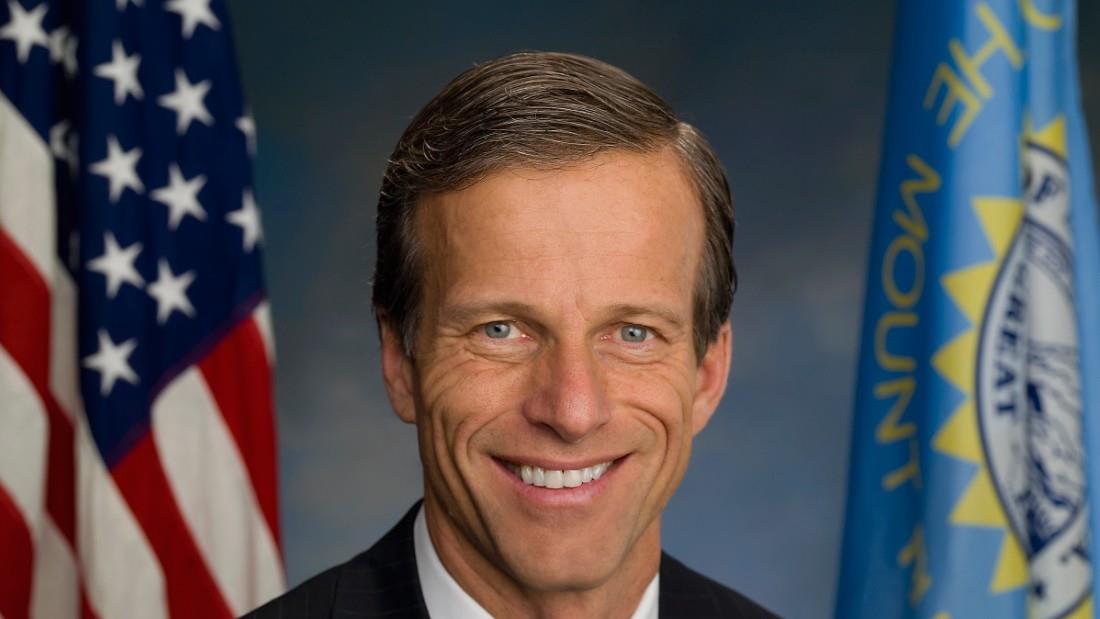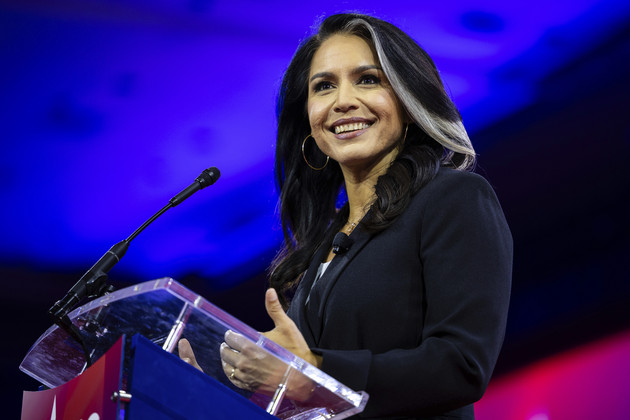
Lions have long been symbols of strength, courage, and leadership across various cultures. In ancient Egypt, lions were considered protectors of the gods, often associated with the goddess Sekhmet, who was depicted as a lioness. Similarly, in Greek mythology, the Nemean Lion was a fierce creature defeated by the hero Heracles, symbolizing victory over overwhelming odds. In many African cultures, lions represent royalty and power, frequently appearing in folklore and tribal emblems.
Throughout history, lions have also appeared in heraldry, often displayed in coats of arms to represent nobility and valor. These cultural depictions continue to shape how humans view lions today, not only as wild animals but also as a symbol of strength and perseverance in the face of adversity.
Lions: Lions in the Modern World – Zoos, Circuses, and Entertainment
In modern times, lions have been featured extensively in zoos, circuses, and entertainment media. While their presence in these environments offers opportunities for education and awareness, it also raises ethical concerns about the captivity of such large and majestic animals. Many animal rights organizations argue that zoos and circuses often fail to provide lions with the space and natural conditions they need to thrive.
The entertainment industry also plays a significant role in shaping public perception of lions. Movies, documentaries, and advertisements often depict lions as regal and powerful creatures, further solidifying their status as symbols of power. However, there is increasing awareness about the impact of exploiting wild animals for entertainment purposes. Many advocates now call for responsible wildlife tourism and ethical treatment of animals.
Lions: Lions and the Impact of Climate Change
Climate change is increasingly affecting wildlife populations across the globe, and lions are no exception. As global temperatures rise, the habitats that lions depend on are changing. Droughts, reduced rainfall, and desertification are all contributing factors that affect the availability of prey and water sources for lions. These environmental changes lead to increased competition for food and territory, which can create conflict both within lion prides and between lions and other predators.
Moreover, shifting weather patterns can disrupt the seasonal migrations of herbivores that lions rely on for food, making it harder for them to find sustenance. The effects of climate change can also exacerbate existing threats like human-wildlife conflict, as lions may be forced to venture into human settlements in search of food.
Lions: The Importance of Lion Research and Monitoring
Research and monitoring are vital components of lion conservation efforts. By tracking lion populations, behavior, and movements, conservationists can better understand the challenges lions face and develop strategies to protect them. This research helps gather critical data on lion health, breeding patterns, and interactions with other species in the ecosystem.
Technological advancements, such as GPS tracking collars, camera traps, and drones, have significantly improved the ability of conservationists to monitor lion populations in remote areas. This data is used to inform decisions about lion conservation strategies, such as the establishment of protected areas or translocation programs aimed at increasing genetic diversity within isolated populations.
Lions: Human Encroachment and Its Effects on Lion Populations
As human populations continue to expand, more land is being cleared for agriculture, infrastructure development, and urban sprawl. This encroachment on lion habitats has serious consequences for the species. In many regions, lions are being pushed into smaller and more fragmented areas, which leads to overcrowding, competition for resources, and increased vulnerability to poaching.
Additionally, human settlements encroaching on lion territories often lead to increased conflict between lions and people. As lions wander into villages or farms, they are sometimes killed to protect livestock or crops, further diminishing the wild lion population. Effective management of human-wildlife coexistence is crucial to mitigating these issues.
Lions: The Role of Education in Lion Conservation
Education plays a central role in the conservation of lions. Educating local communities about the importance of lions and other wildlife can foster a sense of stewardship and encourage people to actively participate in conservation efforts. Schools, wildlife organizations, and media campaigns can raise awareness about the ecological value of lions and the challenges they face.
By highlighting the positive impacts that lions have on ecosystems and local economies, educational efforts can change attitudes and behaviors toward these animals. For example, teaching people how to use non-lethal methods to protect livestock from lions can reduce human-wildlife conflict and allow both people and lions to coexist peacefully.
Lions: The Importance of Lion Pride in Conservation Efforts
Lions live in social groups known as prides, which are typically led by a dominant male and consist of females and their cubs. The structure of a lion pride plays a crucial role in conservation, as these groups are essential for the survival of the species. Protecting lion prides ensures that young cubs are raised with the knowledge and support of experienced females, leading to healthier populations in the wild.
In many cases, the survival of lions in a particular area is dependent on the protection of these social groups. Conservationists work to ensure that entire prides are protected, rather than focusing on individual lions. This strategy helps maintain the natural social structure and ensures the long-term health of lion populations.
Lions: The Challenges of Captive Breeding Programs
While breeding programs in zoos and wildlife reserves have been successful in increasing the population of lions in captivity, these efforts face significant challenges. Captive breeding can help maintain genetic diversity and prevent inbreeding, but it is not a perfect solution. Lions in captivity often have limited space and a lack of opportunities to express their natural behaviors, which can lead to physical and psychological stress.
Moreover, captive breeding programs have limited success in reintroducing lions to the wild. Reintroducing captive-born lions into natural habitats is a complex process that requires careful planning and preparation. These lions must be trained to hunt, understand their new environment, and navigate the challenges of the wild, which is a difficult task given the difference between life in captivity and the realities of life in the wild.
Lions: The Role of Ecotourism in Lion Conservation
Ecotourism, the practice of visiting wildlife areas with the intention of observing and supporting conservation efforts, plays an increasingly important role in protecting lions. National parks and reserves that offer eco-friendly safaris and wildlife tours provide an essential source of revenue that helps fund conservation initiatives.
By promoting responsible tourism, local communities benefit from the presence of lions while minimizing the negative impact of human activities on the animals. This model creates a win-win situation: lions are protected in their natural habitat, and local communities gain financially from tourism without resorting to harmful practices like poaching or habitat destruction.
Lions: A Final Thought – Protecting Lions for Future Generations
The future of lions hinges on our ability to balance human development with the need to protect wildlife. While lions face significant challenges, there are many conservation success stories that prove that with the right strategies, we can protect these magnificent creatures. By supporting conservation efforts, reducing human-wildlife conflict, and promoting sustainable practices, we can ensure that lions continue to roam the African savannas for generations to come.
Through global cooperation, education, and sustainable conservation practices, we can create a world where lions remain an integral part of the wild ecosystem. The future of lions is in our hands, and it is up to all of us to protect them for future generations.
Lions: The Role of Apex Predators in Ecosystems
Lions play a critical role as apex predators in the ecosystems they inhabit. As the top predators in their environment, lions help regulate the populations of herbivores, such as zebras and antelopes. This helps maintain a balanced ecosystem, ensuring that no single species dominates and that vegetation is not overgrazed. Without lions, prey populations could explode unchecked, leading to overgrazing, which would damage the habitat and affect the entire food chain.
By controlling herbivore populations, lions indirectly benefit other species in their environment. For example, they help preserve the biodiversity of plant life, which supports smaller herbivores, insects, and birds. The absence of lions would disrupt this delicate balance, showing just how essential these magnificent creatures are to the health of the ecosystem.
Lions: The Importance of Genetic Diversity in Lion Populations
Genetic diversity is crucial for the long-term survival of lion populations. Inbreeding can lead to genetic defects and reduced fitness, making populations more susceptible to disease and environmental changes. To combat this, conservationists are working to ensure that lion populations remain genetically diverse by creating wildlife corridors that allow lions to roam and interbreed with other prides.
Conservation programs are also focusing on translocating lions to different reserves and national parks to increase genetic exchange between isolated groups. By doing so, they help prevent inbreeding and increase the chances of lions adapting to changing environments. The success of these efforts is vital to ensuring the health and resilience of lion populations in the wild.
Lions: The Role of Lions in African Culture and Heritage
Lions are deeply embedded in the cultural fabric of many African communities. In addition to being symbols of strength and courage, lions are also revered as sacred animals in various African traditions. In some cultures, the lion is seen as a spiritual protector, while in others, it is associated with royalty and leadership.
The lion’s place in African folklore is significant, with many tribes telling stories of lion kings or lion spirits that offer guidance and protection. These stories not only showcase the lion’s status in the cultural imagination but also reflect the deep respect and reverence that local people have for the animal. This cultural connection is vital for conservation efforts, as it fosters a sense of ownership and responsibility toward protecting lions.
Lions: Challenges of Conservation in Fragmented Habitats
As human populations grow and expand, lion habitats are becoming increasingly fragmented. This fragmentation occurs when large areas of land are divided by roads, agriculture, or human settlements, making it difficult for lions to move freely between different parts of their habitat. This isolation can lead to problems like inbreeding, reduced access to prey, and increased vulnerability to poaching.
One of the key challenges of lion conservation today is reconnecting these fragmented habitats through the creation of wildlife corridors. These corridors allow lions to travel safely between protected areas, helping to maintain genetic diversity and reduce the risk of conflict with humans. Protecting these corridors requires cooperation between governments, conservationists, and local communities to ensure that lions can continue to roam across vast landscapes.
Lions: Ecological Importance Beyond Prey Control
Beyond their role in controlling herbivore populations, lions also contribute to the overall health of their ecosystems in other ways. For instance, lions often scavenge from the kills of other predators, helping to clean up carcasses and recycle nutrients back into the environment. This process helps prevent the spread of disease and keeps the ecosystem functioning properly.
In some cases, lions also help regulate the populations of other carnivores, such as hyenas and jackals, by competing for resources. This competition ensures that no one species dominates, which helps maintain balance in the food web. Without lions, these smaller predators could become overpopulated, leading to imbalances in the ecosystem and reducing the availability of food for other animals.
Lions: How Human Activity Threatens Lions in the Wild
Human activities pose significant threats to lions and their habitats. One of the most direct threats comes from poaching, with lions being targeted for their bones, teeth, and pelts, which are used in traditional medicine and the illegal wildlife trade. Lions are also hunted for sport, and their body parts are sometimes sold as trophies.
Habitat loss due to deforestation, agriculture, and urbanization is another significant threat to lions. As humans encroach further into lion territory, the animals are forced to compete for space and resources. This leads to increased human-wildlife conflict, as lions may prey on livestock or come into contact with human settlements. The loss of habitat also leads to a decrease in prey availability, making it harder for lions to find food.
Lions: The Importance of Community-Based Conservation Initiatives
One of the most promising approaches to lion conservation is community-based conservation. This strategy involves local communities in the protection of lions and their habitats, ensuring that conservation efforts are both effective and sustainable. By involving local people, conservation programs can help reduce human-wildlife conflict and create a sense of shared responsibility for preserving lions.
In many cases, community-based initiatives offer economic incentives for conservation, such as ecotourism, which provides local people with a sustainable source of income. By making conservation financially beneficial for communities, these programs help build a positive relationship between humans and lions, creating long-term support for wildlife conservation efforts.
Lions: The Role of International Conservation Organizations
International conservation organizations play a crucial role in lion conservation. Organizations like the World Wildlife Fund (WWF), Panthera, and the International Union for Conservation of Nature (IUCN) provide expertise, funding, and advocacy for lion conservation projects. These organizations work closely with local governments, wildlife reserves, and community groups to develop and implement effective conservation strategies.
Through their efforts, these organizations help raise awareness about the threats facing lions and other wildlife. They also advocate for stronger legal protections and policies that support the conservation of lions and their habitats. International collaboration is essential for tackling global threats to lion populations, such as climate change, poaching, and habitat destruction.
Lions: The Future of Lion Populations in the Wild
The future of lions in the wild depends on the actions taken today to protect their habitats and ensure their survival. While the challenges are significant, there is hope for the future of these magnificent creatures. Through increased conservation efforts, sustainable management of lion populations, and the active involvement of local communities, the survival of lions can be secured.
It is crucial that governments, conservationists, and the public continue to work together to address the threats faced by lions. By supporting lion conservation initiatives, we can ensure that future generations will continue to experience the majesty and power of these iconic animals in their natural habitats.
Lions: The Lion’s Legacy – Protecting a Global Treasure
Lions are not just an important part of African wildlife – they are a global treasure. Their beauty, strength, and symbolism transcend borders, making them a universal symbol of courage and power. As apex predators, they play a vital role in maintaining the health of their ecosystems. Protecting lions is not only essential for the species themselves but for the balance of nature and the future of wildlife conservation worldwide.
By fostering a deeper understanding of lions and the importance of their conservation, we can ensure that these magnificent creatures remain an integral part of our planet’s biodiversity. Through collective action and dedicated conservation efforts, we can protect lions for future generations and preserve the natural world for all to enjoy.
Resources
World Wildlife Fund (WWF) – Lions
The WWF provides extensive resources on the conservation of lions and other endangered species. They focus on sustainable solutions, habitat protection, and anti-poaching efforts. WWF – Lions
Panthera – The Wild Cat Conservation Organization
Panthera is dedicated to the conservation of big cats worldwide, including lions. They work on research, protection, and community-based conservation projects. Panthera – Lions
International Union for Conservation of Nature (IUCN)
IUCN’s Red List provides up-to-date information on the status of lion populations and other wildlife. They offer reports on threats, conservation status, and recovery plans. IUCN Red List – Lions
African Wildlife Foundation (AWF)
AWF works across Africa to conserve lions, their habitats, and the human-wildlife coexistence. They focus on conservation, community engagement, and wildlife protection. AWF – Lion Conservation
Wildlife Conservation Society (WCS)
WCS is committed to protecting wildlife and wild places around the world. They have programs focused on lions, addressing threats like poaching and habitat loss. WCS – Lion Conservation
internal links
Lion Recovery Fund
The Lion Recovery Fund supports lion conservation programs by raising funds and providing resources for projects aimed at reversing the decline of lions in the wild. Lion Recovery Fund
National Geographic – Lions
National Geographic provides a variety of articles and documentaries about lions, their behavior, habitats, and conservation efforts. National Geographic – Lions
Global Wildlife Conservation
Global Wildlife Conservation works to protect wildlife across the globe, including efforts to safeguard lion populations and their ecosystems. Global Wildlife Conservation – Lions
Save the Lions
Save the Lions focuses on global lion conservation efforts, including education, awareness, and community-based programs. Save the Lions
Lions of the World – IUCN SSC Cat Specialist Group
This organization aims to provide the most up-to-date information on lion conservation and their role in ecosystems. IUCN SSC Cat Specialist Group
Lions and Conservation Efforts
If your website has content on conservation, you can link it like this:
“The role of lions in their ecosystems and the ongoing conservation efforts can be explored further in our article on conservation challenges in Africa.”
Human-Wildlife Conflict
If you have related content about the impact of human activities on wildlife, this link could be useful:
“Lions are often in conflict with humans, particularly in regions where their habitats overlap with agricultural lands. Learn more about human-wildlife conflict in our article here.”
Poaching and Illegal Wildlife Trade
For a detailed discussion on poaching or the illegal wildlife trade, link to a related article:
“Poaching remains one of the primary threats to lions. Find out more about the global fight against illegal wildlife trade in our piece on poaching and its consequences.”
Endangered Species and Habitat Protection
If your website contains information on endangered species and habitat preservation:
“Lions are listed as vulnerable, making their habitat preservation a top priority. Explore our detailed guide on endangered species protection.”
Wildlife Corridors
If your site has resources on creating wildlife corridors to protect species:
“Connecting fragmented habitats through wildlife corridors is crucial for lion conservation. Learn more about wildlife corridors and their importance.”
The Role of Apex Predators
You can also create an internal link to any related content about apex predators:
“Apex predators, such as lions, are vital for maintaining the balance of ecosystems. Discover more in our article on the role of apex predators.”
Sustainable Tourism and Conservation
If you have a post about ecotourism or sustainable tourism practices:
“Ecotourism can be a sustainable way to support lion conservation efforts. Read more about the benefits of sustainable tourism in wildlife conservation.”









Leave a Reply